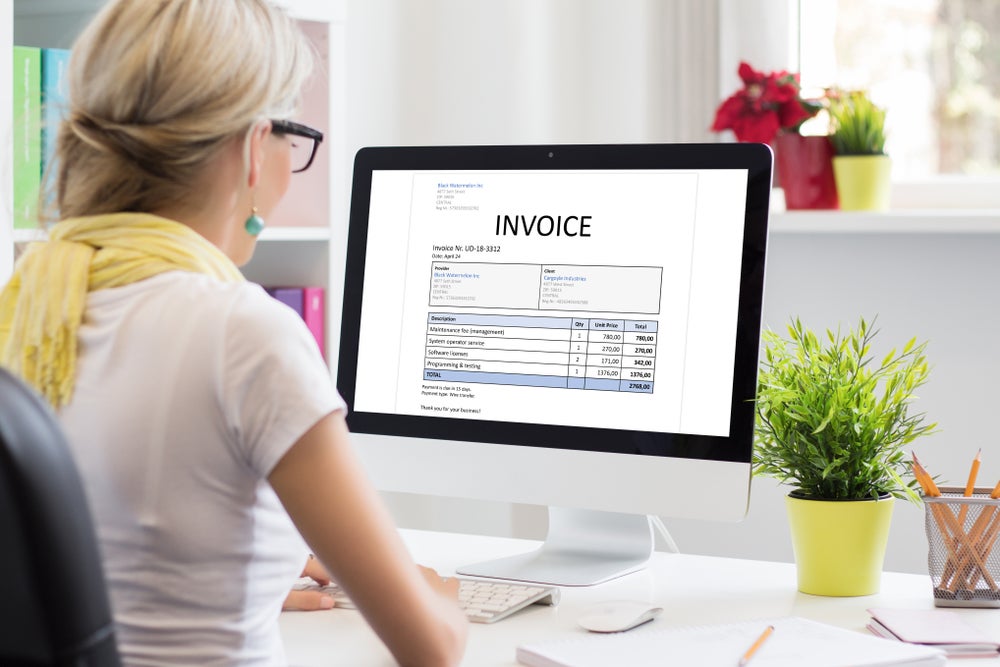
Invoice Factoring vs. Invoice Discounting
Invoice discounting and factoring are similar in the sense that they are both methods of invoice finance.
Invoice discounting is generally chosen by established business or collections departments – others opt for factoring.
What is invoice factoring?
Invoice factoring is a type of accounts receivable finance that is also known as ‘factoring’ or ‘debt-factoring’.
Invoice factoring enables businesses to sell outstanding invoices (accounts receivable) to a third-party commercial finance company (a factor).
The factor (finance company) then buys the invoices for a percentage of the total value – between 60% and 80%. The factoring company then take responsibility for collecting the invoice payments, managing credit control of the business and processing invoice payments.
Invoice factoring has become an alternative to business funding, gaining popularity for businesses with imperfect credit.
How well do you really know your competitors?
Access the most comprehensive Company Profiles on the market, powered by GlobalData. Save hours of research. Gain competitive edge.

Thank you!
Your download email will arrive shortly
Not ready to buy yet? Download a free sample
We are confident about the unique quality of our Company Profiles. However, we want you to make the most beneficial decision for your business, so we offer a free sample that you can download by submitting the below form
By GlobalDataWhat is invoice discounting?
Invoice discounting is one of the simpler forms of invoice finance.
Invoice discounting is a short-term borrowing against outstanding invoices – it enables you to sell unpaid invoices to a lender, who then gives you a cash advance based on the percentage of the invoice’s value.
The lender then gives you the remaining balance after your customer pays the invoice.
This form of financing is used to help improve cash flow. Invoice discounting benefits a company’s working capital and cash flow position as roughly 80% of the advance invoice can be converted into cash.
What are the differences?
Difference #1
In invoice factoring, the customer is aware that the invoice is being factored, however in invoice discounting, the customer is usually unaware that the invoice had been discounted.
Difference #2
In invoice factoring, the factor (finance company) is responsible for collecting invoices. In invoice discounting, the business itself takes responsibility for collecting the invoices.
Difference #3
In invoice factoring, the customer is aware that there is a third party involved. In invoice discounting, the process is confidential and customers are usually unaware the business is using a financial provider.
Difference #4
In invoice factoring, the customer pays the factor-company directly. In invoice discounting, the customer pays the company as normal.
Difference #5
In invoice factoring, services like full sales ledger and collections service are available. In invoice discounting, these services are not included.
Risks of invoice factoring vs. invoice discounting
Invoice finance is a relatively safe form of business finance – but like anything, there are risks involved.
Invoice factoring is less risky compared to invoice discounting.
In factoring, the factor manages the credit control and collection process. Without credit control from the lender, businesses are taking more of a risk by advancing their cash on the invoices.
Discounting is riskier because businesses do not have direct contact with their debtors. Due to the higher risk, discounting is typically used by bigger companies with a turnover of around £100,000+ and who have creditworthy customers.







